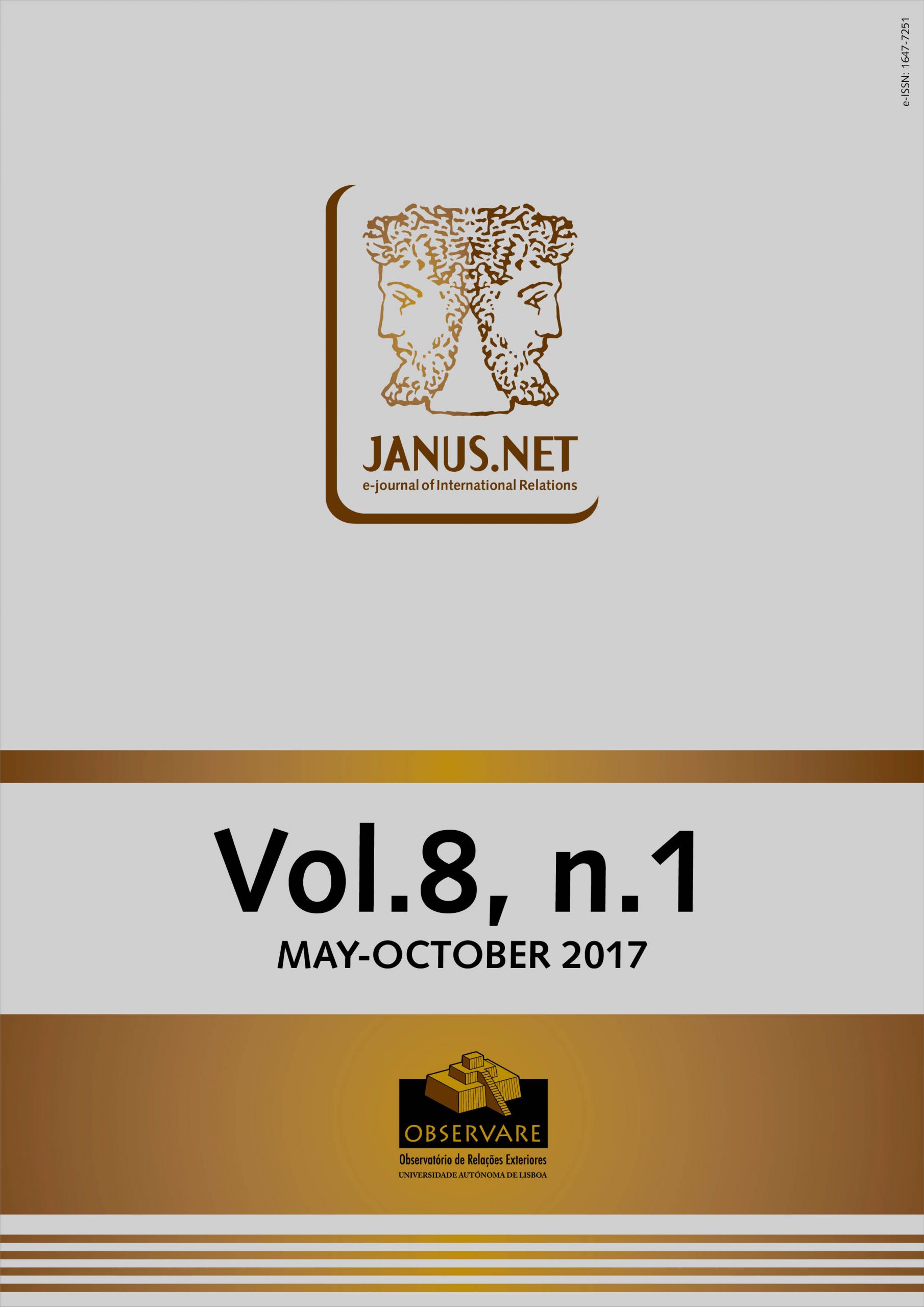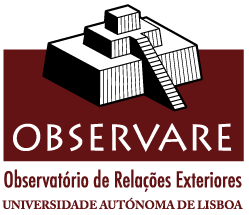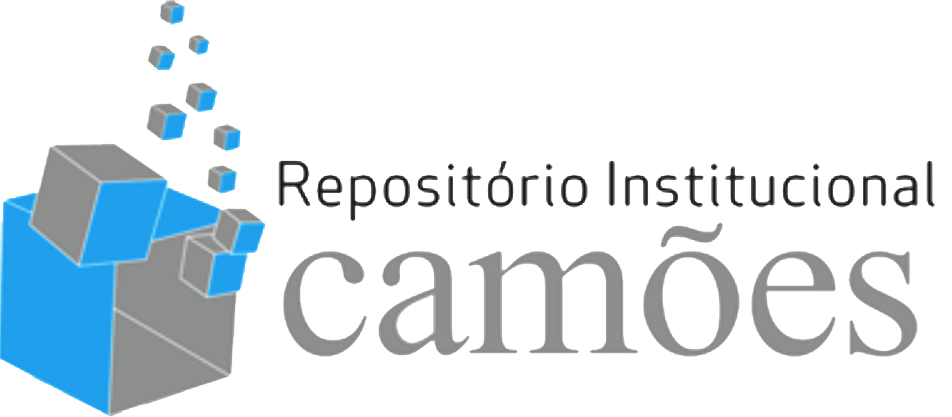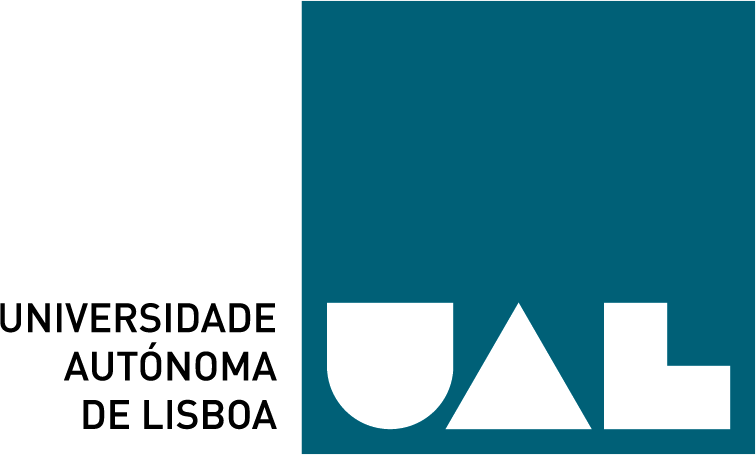In this article, we will analyse the National Socialist regime as a politico-constitutional reality. We will do it from a new way of looking at politico-constitutional phenomena, interpreting them as registered in a religious grounding. It seeks to show that the National Socialist regime was characterised by having identified the political community – a racially interpreted and raised community to the Absolute – with an empirical historic personality regarded as eminently communitarian. It suggests that the regime constitutes a sui generis case, either in a context of regimes conventionally classified as “right-wing authoritarian and/or totalitarian” or in a larger context of contemporary politics.
CONSTITUTION AND RELIGIOSITY OF/IN THE CONSTITUTIONAL ORDER OF THE NATIONAL SOCIALIST EMPIRE
Law degree from the Law Faculty of the Universidade Nova de Lisboa/FDUNL (Portugal). Doctorate in Law from the FDUNL, specialising in Political Science (thesis title: Constitution and transcendence: the case of communitarian regimes of the interwar). In recent years, he has been dedicated to research and the teaching of public law disciplines (Introduction to Public Law, Constitutional Law, Constitutional Portuguese Law, Administrative Law) at the Law School of the Catholic University of Porto-Portugal, the FDUNL and the European University. He has also taught (FDUNL) historical-juridical disciplines – History of (Portuguese) Institutions; History of the State – in co-regency with Professor Diogo Freitas do Amaral. Areas of interest include: historical types of State, political forms, political regimes/forms of government and systems of government, constitutionalism and relations between the politico-constitutional and religious.
Resumo
Palavras-chave
Como citar este artigo
Velez, Pedro (2017). “Constitution and religiosity of/in the constitutional order of the National Socialist Empire”. JANUS.NET e-journal of International Relations, Vol. 8, No. 1, May-October, 2017. Consulted [online] on the date of last visit, http://hdl.handle.net/11144/3036
Article received on 5 April, 2016 and accepted for publication on 22 March, 2017















